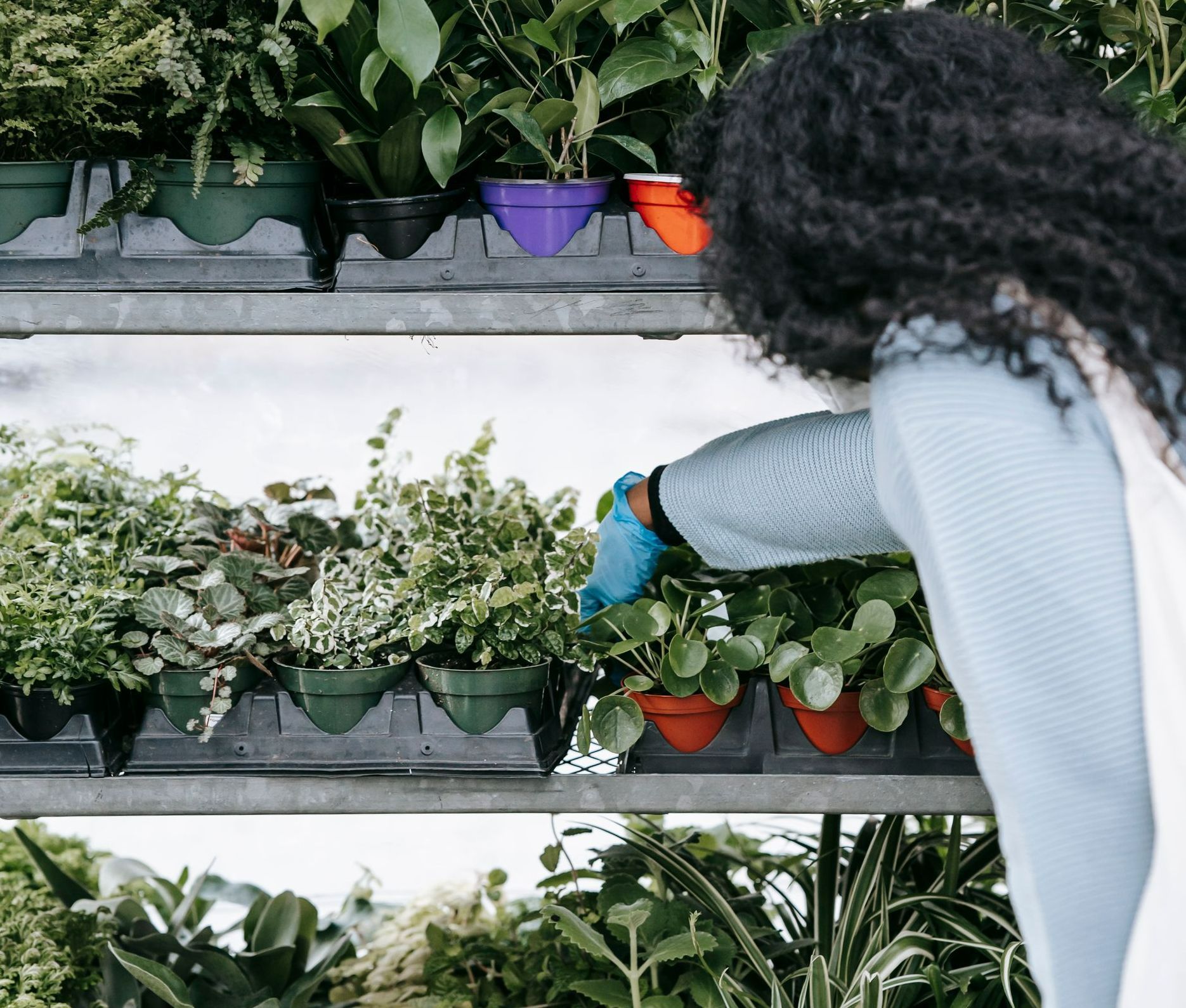How to Select the Right Plants For Your Garden
Tips on Choosing Your First Plants for a Beautiful Garden

Choosing the right plants for your garden depends on how much room you have, your garden's aspect, the different soil types and the look you want to create. Starting a garden can be an overwhelming project, especially if you're unfamiliar with the nearly endless variety of plants out there.
Even a newbie gardener knows that for plants to thrive, they need good soil, sunlight, and water. But before you drop a single seed, you should do some research into the plant types to make sure the plants you choose will actually be happy in your yard. Read on to learn how to make the proper plant selections for your yard that will look beautiful and be easy to maintain.
1. Start by Assessing the Size of Your Yard
Start by measuring the size of your plot with a tape measure, a piece of paper and a ruler as most plants need space. If you plan on container gardening, think about this too and measure up what you have to see how everything will slot into place.
This is a really important first step to allow you to make decisions about scale, furniture and any other areas for hard standing and lawn. You will also know how much room you actually have to grow things, and where your garden borders and beds should be. This will give you a clear idea of what you can achieve in your planting scheme.
2. Test Your Soil
You should know your soil type in order to choose plants suited to the soil at your growing site. While most plants grow best in neutral soil, there are some that thrive in acidic soils and others that really prefer alkaline soils. Still, others will change the color of their bloom depending on the acidity of your soil.
Keep in mind that it is possible to modify the soil conditions in your garden to a degree through the use of amendments and drainage materials. A simple garden pH test will let you know where your current soil stands…and you can go from there.
3. Vary Sizes, Shapes And Textures
The next step to choosing the right plants for landscaping is to vary the plants' sizes, shapes and textures in an area. Tall, thinner plants add interest between shorter, more rounded bushes. Plants with thinner leaves (like grasses) look good with plants that have broader leaves.
4. Consider All Seasons
Though your garden may not be flowering all year round, you can choose different varieties with different bloom times to see it all year round. This way, you will have flowers all season.
You can also select evergreen plants that keep their leaves to add winter interest. Plants with interesting seed heads or dried flower heads will also add winter interest. There are even plants that bloom in the winter.
5. Think About Any Garden Visitors
You need to think about any pets that have made your garden part of their habitat/usual stomping ground and are likely to dig up or chew plants. Critter-Repellent works naturally to protect your planting and keep those visitors safely at bay.
Critter Repellent All Natural Animal Repellent Blog












